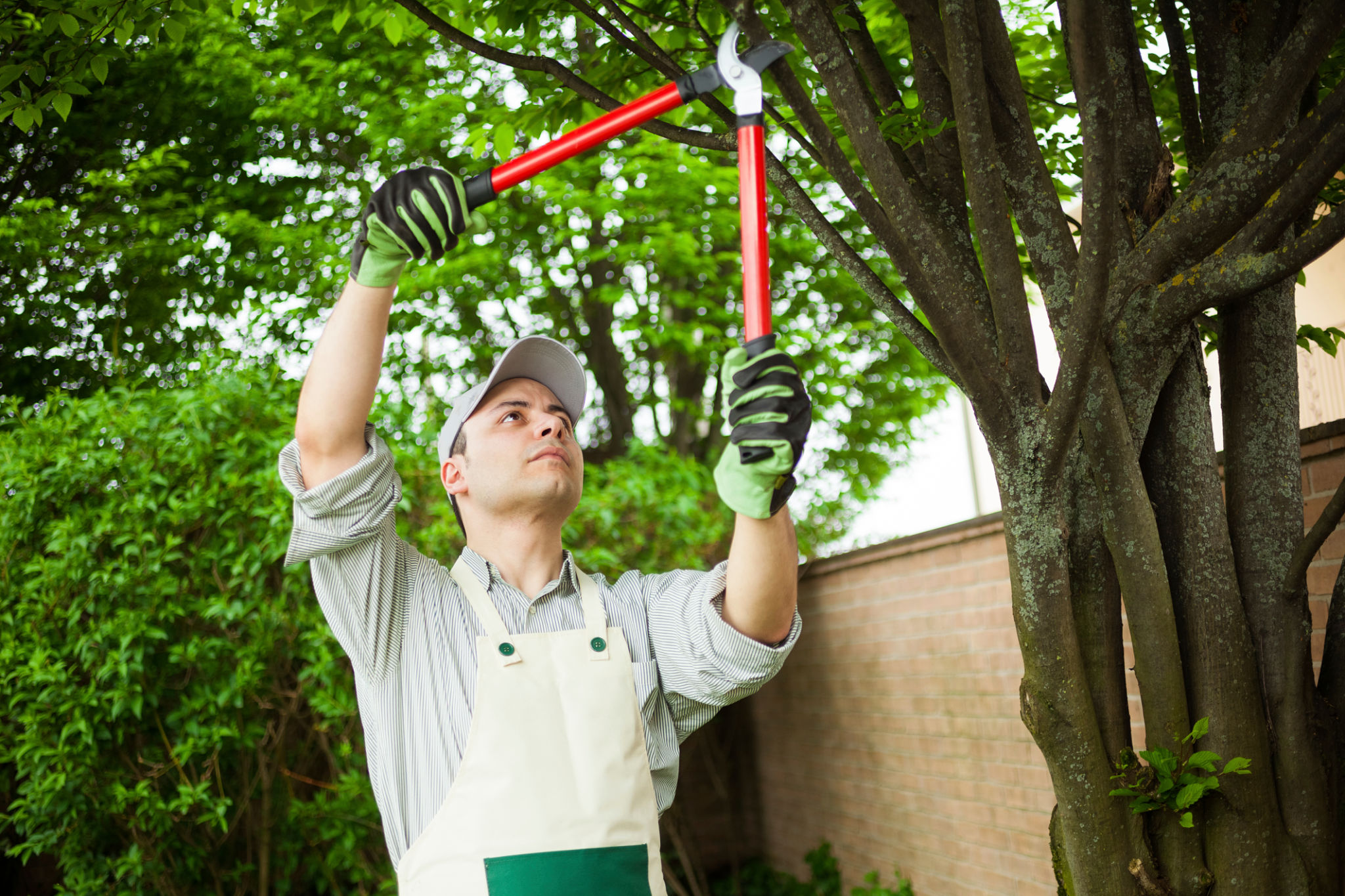DIY Tree Trimming Tips from the Experts at Hyperion Tree Services
Understanding the Basics of Tree Trimming
Tree trimming is not just about making your trees look beautiful; it's essential for their health and safety. Whether you're aiming to remove dead branches, enhance tree shape, or encourage new growth, trimming is a vital practice. However, it's important to approach this task with care and knowledge to avoid unnecessary damage to your trees.
At Hyperion Tree Services, we believe that anyone can learn the basics of tree trimming with a little guidance. With the right tools and techniques, you'll be able to maintain the health and aesthetics of your trees effectively.

Essential Tools for Tree Trimming
Before you begin trimming, ensure you have the right tools. A few essential tools will make the job easier and more efficient. Here's a list of what you'll need:
- Pruning Shears: Ideal for small branches and twigs.
- Loppers: A step up from pruning shears, used for medium-sized branches.
- Hand Saw: Perfect for larger branches that are too thick for loppers.
- Pole Pruner: Useful for high branches that are out of reach.
Investing in quality tools can make a significant difference in the ease and outcome of your tree trimming efforts. Always remember to keep your tools sharp and clean to ensure precise cuts.
When to Trim Your Trees
The timing of tree trimming is crucial. Generally, the best time to trim most trees is during their dormant season, typically in late winter or early spring. This period allows for less stress on the tree and reduces the risk of disease.

However, there are exceptions. For flowering trees, it's best to trim them after they bloom. This ensures that you don't cut off any buds that would result in flowers the following year. Always research the specific type of tree you have to determine the optimal time for trimming.
Tree Trimming Techniques
Proper technique is essential to avoid damaging your trees. Here are some expert tips:
- Make Clean Cuts: Ensure each cut is clean and smooth to promote quick healing.
- Avoid Cutting Too Close: Don't cut branches too close to the trunk; leave a small collar of wood to help the tree heal.
- Trim in Stages: For larger branches, cut them in sections to avoid tearing the bark as they fall.

Following these techniques will support the tree's natural healing process and help maintain its health and structure.
Safety First
Safety should always be your top priority when trimming trees. Wear protective gear such as gloves, safety glasses, and a hard hat if you're working on larger trees. Be mindful of your surroundings, particularly power lines and other hazards.
If you're uncomfortable working at heights or with larger trees, don't hesitate to call in professional services like Hyperion Tree Services. Professional arborists have the experience and equipment necessary to handle complex tasks safely.
Conclusion: Embrace DIY with Confidence
Tree trimming can be a rewarding DIY task when approached with the right knowledge and tools. By following these expert tips from Hyperion Tree Services, you'll be well-equipped to enhance the health and beauty of your trees. Remember, when in doubt, consult with professionals to ensure the well-being of both you and your trees.
